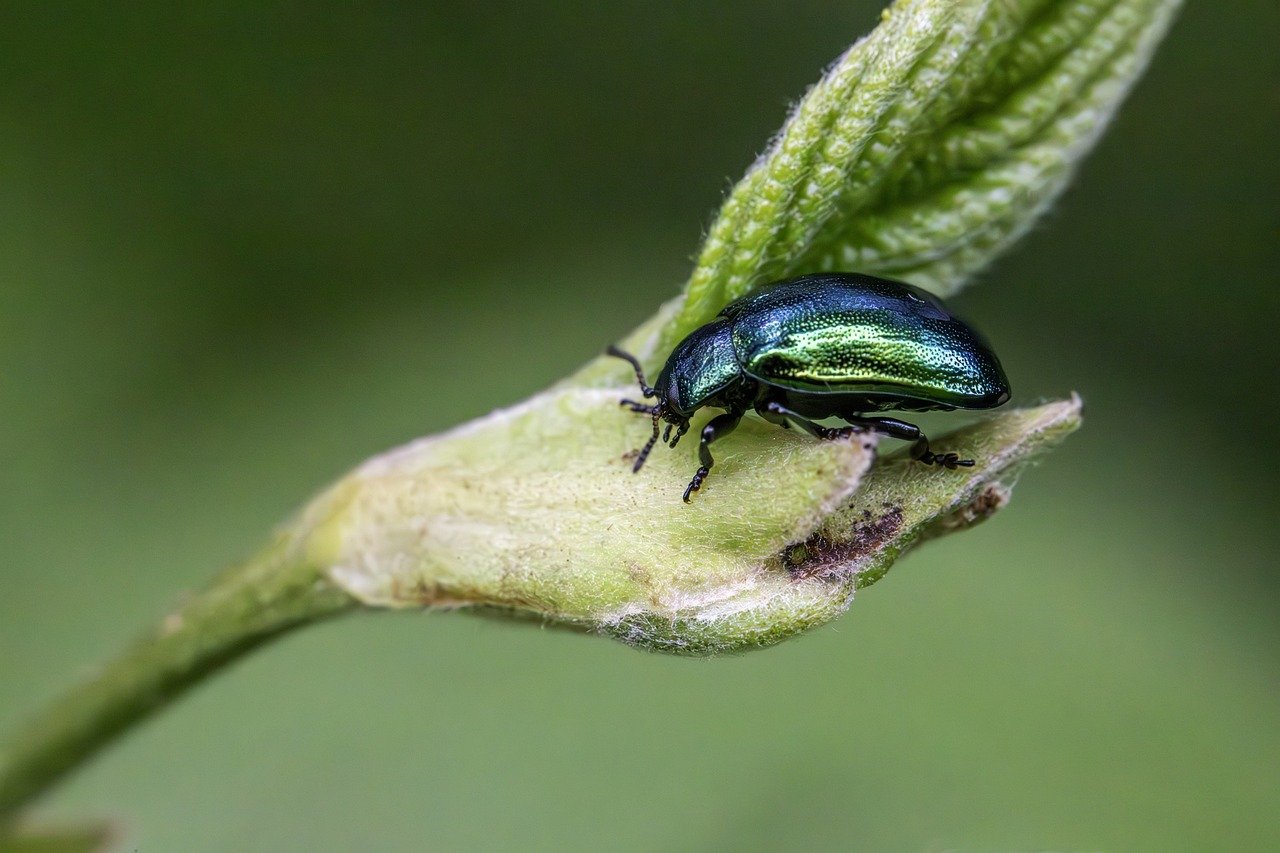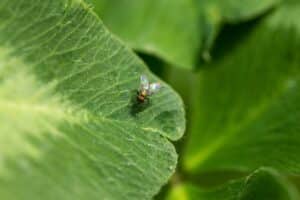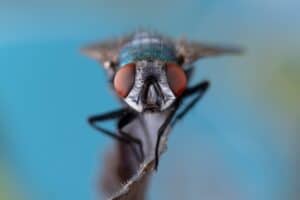Understanding the Importance of Pest Control Education in Schools
Pest control education in schools is crucial for fostering a safe and healthy learning environment for students. As children spend a significant portion of their day in educational institutions, understanding the potential threats posed by pests can empower them to take proactive measures. This education not only covers the identification of common pests but also emphasizes the importance of hygiene and cleanliness in preventing infestations. By integrating pest control topics into the curriculum, schools can promote awareness and encourage students to adopt preventive practices at home and in their communities.
Key Benefits of Pest Control Education in Schools:
- Awareness: Educating students about pests helps them recognize the signs of infestations, enabling timely reporting and management.
- Health and Safety: Understanding the health risks associated with pests, such as allergies and diseases, is essential for student safety.
- Responsibility: Teaching children about pest prevention fosters a sense of responsibility towards their environment and encourages them to engage in sustainable practices.
In addition to health benefits, pest control education can also enhance academic performance. When students are aware of the impact pests can have on their surroundings, they are more likely to participate in maintaining a clean and orderly classroom. This collective effort can lead to a more conducive learning atmosphere, free from distractions caused by pest-related issues. Furthermore, involving students in pest control initiatives can promote teamwork and critical thinking skills, as they devise strategies to mitigate pest problems effectively.
Moreover, integrating pest control education into school programs can have a long-lasting impact beyond the classroom. As students carry these lessons into their homes and communities, they become advocates for pest management and contribute to a broader culture of prevention. By instilling these values early on, schools can play a pivotal role in shaping responsible citizens who prioritize health, safety, and environmental stewardship.
Key Benefits of Integrating Pest Control Education into School Curriculums
Integrating pest control education into school curriculums offers numerous advantages that extend beyond mere knowledge acquisition. By educating students about pest management, schools can foster a sense of responsibility and awareness about their environment. This education empowers students to make informed decisions regarding pest control practices, promoting safer and more sustainable methods.
1. Enhanced Environmental Awareness
One of the most significant benefits of incorporating pest control education is the promotion of environmental stewardship among students. By understanding the ecological roles of various pests, students can appreciate the balance of ecosystems. This awareness encourages them to consider the impact of pesticides and other control methods on non-target species, leading to more environmentally friendly choices in the future.
2. Development of Critical Thinking Skills
Pest control education cultivates critical thinking and problem-solving skills. Students learn to analyze pest problems, assess risks, and evaluate various control strategies. This analytical approach not only aids in understanding pest management but also translates into broader life skills. Students become adept at making reasoned decisions based on evidence, which is essential in many aspects of life and future careers.
3. Promotion of Health and Safety
By integrating pest control education into curriculums, schools can significantly enhance student health and safety. Understanding the potential health risks associated with pests, such as allergens or disease vectors, empowers students to take proactive measures. Furthermore, education about safe pest management practices can reduce reliance on harmful chemicals, fostering a healthier school environment for everyone.
4. Encouragement of Community Engagement
Pest control education can also encourage students to engage with their communities. As they learn about local pest issues and sustainable management practices, students may become involved in community initiatives, such as clean-up days or educational workshops. This engagement not only benefits the community by addressing pest problems but also instills a sense of civic responsibility in students, preparing them to be active, informed citizens.
Effective Strategies for Implementing Pest Control Education in Classrooms
Integrating pest control education into classroom curricula can significantly enhance students’ understanding of environmental science and health. To effectively implement this educational initiative, educators can adopt a variety of strategies tailored to engage students and foster a deep understanding of pest management principles. One of the most effective approaches is to incorporate hands-on learning experiences. This can include activities such as field trips to local farms or gardens, where students can observe pest control methods in action, or engaging in classroom experiments that demonstrate pest behavior and control techniques.
Another vital strategy is to utilize interdisciplinary teaching methods. By connecting pest control education with subjects such as biology, chemistry, and environmental science, educators can provide a holistic view of the topic. For instance, lessons on the life cycles of pests can be integrated with biology, while discussions on chemical pest control can involve chemistry concepts. This approach not only enriches the learning experience but also helps students see the relevance of pest control in various scientific contexts.
Interactive tools and resources can also play a crucial role in pest control education. Educators can leverage multimedia presentations, educational videos, and online simulations to illustrate complex pest management concepts. Incorporating technology can make learning more engaging and accessible, especially for visual and auditory learners. Additionally, using interactive quizzes and games can reinforce knowledge retention and make the subject matter more enjoyable for students.
Finally, fostering community involvement can enhance the effectiveness of pest control education. Schools can partner with local pest control professionals or agricultural extension services to provide expert insights and real-world applications of pest management strategies. Organizing workshops or seminars led by these professionals can offer students valuable knowledge and inspire them to consider careers in pest management or environmental science. By implementing these strategies, educators can create a dynamic and impactful learning environment that equips students with essential skills and knowledge in pest control.
Case Studies: Successful Pest Control Education Programs in Schools
Pest control education programs in schools have proven to be an effective strategy for raising awareness among students about the importance of pest management and safety. These programs not only educate students on the ecological impacts of pests but also empower them with knowledge about preventive measures and responsible pest control practices. Here are some notable case studies highlighting successful implementations.
Case Study 1: Integrated Pest Management (IPM) in New Jersey Schools
In New Jersey, several schools have adopted an Integrated Pest Management (IPM) approach as part of their curriculum. The program includes interactive workshops, hands-on activities, and informative sessions led by pest control experts. Through this initiative, students learn about the lifecycle of common pests, the environmental consequences of pesticides, and sustainable alternatives to chemical treatments. This comprehensive education model has resulted in a measurable reduction in pest incidents within school premises, fostering a healthier learning environment.
Case Study 2: California’s School Pesticide Reduction Initiative
California’s School Pesticide Reduction Initiative is another exemplary program that focuses on reducing pesticide usage in schools while educating students about pests and their management. The initiative includes classroom sessions, school garden projects, and community outreach programs that engage both students and parents. Participants are encouraged to create pest control plans for their school gardens, reinforcing the concept of environmentally friendly practices. Feedback from the program indicates increased student engagement and a greater understanding of ecological principles.
Case Study 3: Texas A&M University’s Pest Management Curriculum
Texas A&M University has developed a pest management curriculum specifically tailored for high school students. This program combines classroom learning with field experiences, allowing students to apply their knowledge in real-world settings. By collaborating with local pest control companies, students gain insights into the industry while learning about pest identification, prevention strategies, and the impact of pests on public health. The program has successfully inspired many students to consider careers in pest management and environmental science, demonstrating the long-term benefits of early education in this field.
Through these case studies, it is evident that successful pest control education programs in schools not only enhance student knowledge but also contribute to safer and healthier educational environments. By integrating practical applications and community involvement, these programs foster a culture of awareness and responsibility among young learners.
Resources and Tools for Teaching Pest Control in Educational Settings
When it comes to teaching pest control in educational settings, having the right resources and tools is essential for effective learning. A well-structured curriculum should incorporate a variety of materials that cater to different learning styles. Textbooks and manuals focused on integrated pest management (IPM) provide foundational knowledge and are crucial for understanding the principles behind pest control. Some recommended titles include “Pest Management in the Subtropics” and “Introduction to Integrated Pest Management,” which offer comprehensive insights into pest identification, life cycles, and management strategies.
In addition to traditional texts, online resources play a significant role in modern pest control education. Websites like the National Pest Management Association (NPMA) and the Environmental Protection Agency (EPA) offer free access to a wealth of information, including guidelines, case studies, and best practices in pest management. These platforms often feature webinars and online courses that can supplement classroom learning, allowing students to engage with the material in a more interactive way. Utilizing these digital resources can enhance students’ understanding of current trends and technologies in pest control.
Practical training tools are also crucial for a hands-on approach to pest control education. Simulation software and mobile applications can provide students with virtual scenarios to practice pest identification and management techniques without the risk of real-world implications. Moreover, incorporating field trips to local pest control companies or agricultural research stations allows students to observe professional practices in action. This experiential learning not only reinforces theoretical knowledge but also helps students appreciate the complexities of pest management in real-life situations.
Finally, collaboration with local pest control professionals can enrich the educational experience. Inviting guest speakers for workshops or seminars can provide students with insights from industry experts, fostering connections between theoretical knowledge and practical application. Additionally, establishing partnerships with local businesses can lead to internship opportunities, giving students a chance to gain hands-on experience while applying what they’ve learned in the classroom. By utilizing a diverse range of resources and tools, educators can create a comprehensive and engaging curriculum for teaching pest control.













